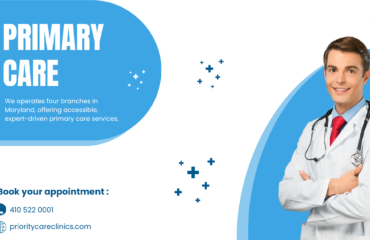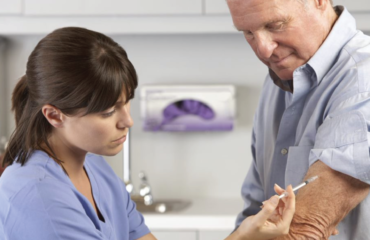Whether you’re a seasoned athlete or a weekend warrior, injuries can happen unexpectedly. Understanding common sports injuries and knowing when to seek urgent care can make a significant difference in your recovery. In this guide, we’ll explore the most frequent sports injuries, the role of urgent care in treating them, and how to prevent them.
Most Frequent Sports Injuries and Their Symptoms
Athletes and active individuals are prone to several types of injuries. Here are some of the most common sports-related injuries and their symptoms:
1. Sprains and Strains
- What It Is: Sprains occur when ligaments stretch or tear, while strains involve muscles or tendons.
- Common Symptoms: Pain, swelling, bruising, and difficulty moving the affected area.
- Common Causes: Sudden twists, falls, or improper warm-ups.
2. Fractures (Broken Bones)
- What It Is: A break in the bone, which can be simple (closed) or complex (open fracture).
- Common Symptoms: Intense pain, swelling, visible deformity, and inability to move the limb.
- Common Causes: High-impact collisions, falls, or excessive force.
3. Concussions
- What It Is: A type of traumatic brain injury (TBI) caused by a sudden impact to the head.
- Common Symptoms: Dizziness, confusion, nausea, headache, and loss of balance.
- Common Causes: Head-on collisions, falls, or high-impact sports like football and soccer.
4. Dislocations
- What It Is: A bone is forced out of its normal position in a joint.
- Common Symptoms: Severe pain, swelling, visible deformity, and loss of mobility.
- Common Causes: Sudden falls, impact sports, or excessive stretching.
5. Tendonitis (Overuse Injuries)
- What It Is: Inflammation of the tendons due to repetitive motion or overuse.
- Common Symptoms: Pain, swelling, stiffness, and tenderness.
- Common Causes: Continuous repetitive movements in activities like running, swimming, or tennis.
The Role of Urgent Care in Treating Sports Injuries
Not all injuries require an emergency room visit, but many can benefit from prompt treatment at an urgent care center. Here’s how urgent care can help:
1. Quick and Convenient Care
Urgent care facilities provide walk-in services, making it easier to get treatment without a long wait. This is ideal for non-life-threatening sports injuries.
2. On-Site Diagnostics
Many urgent care centers offer X-rays, ultrasounds, and physical examinations to assess the severity of fractures, sprains, and other injuries.
3. Expert Treatment for Sprains and Strains
Urgent care professionals can provide:
- Compression bandages
- Splints and braces
- Pain management options
4. Fracture and Dislocation Management
Urgent care centers can stabilize fractures with splints and refer severe cases to specialists if needed.
5. Concussion Evaluation
If you suspect a concussion, urgent care centers can conduct neurological assessments and recommend further medical attention if necessary.
Preventative Tips for Avoiding Injuries
While some injuries are unavoidable, taking preventive measures can help minimize risks.
1. Warm Up and Cool Down Properly
- Perform dynamic stretches before physical activity.
- Stretch after workouts to maintain flexibility.
2. Wear Proper Protective Gear
- Use helmets, knee pads, and braces appropriate for your sport.
- Ensure shoes provide adequate support and grip.
3. Practice Proper Techniques
- Learn and follow correct form to prevent strain.
- Seek guidance from coaches or trainers for safe movements.
4. Avoid Overuse Injuries
- Take rest days to allow muscles and tendons to recover.
- Vary your training routine to prevent repetitive strain injuries.
5. Stay Hydrated and Maintain Nutrition
- Drink plenty of water to prevent cramps and dehydration.
- Eat a balanced diet rich in protein, vitamins, and minerals to support muscle recovery.
Conclusion
Sports injuries are common, but knowing how to respond can make a difference in your recovery. If you experience a sprain, fracture, concussion, or any sports-related injury, urgent care centers provide immediate and effective treatment. By taking the necessary precautions, you can reduce your risk of injury and enjoy a healthier, more active lifestyle. Don’t let an injury keep you on the sidelines—visit your nearest urgent care for prompt and professional care.




